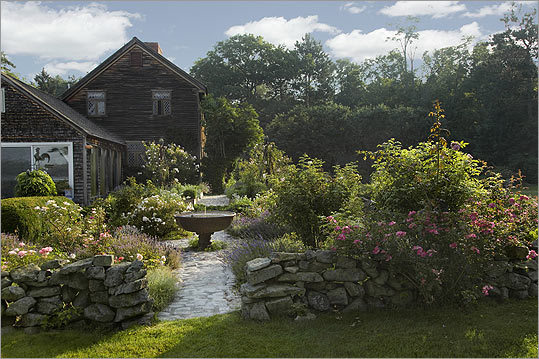 This past week, scientists confirmed the presence of the Asian longhorned beetle in Boston. There has been huge publicity because of this finding, which may be surprising for some people. It's just a beetle, right?
This past week, scientists confirmed the presence of the Asian longhorned beetle in Boston. There has been huge publicity because of this finding, which may be surprising for some people. It's just a beetle, right?The Asian longhorned beetle (ALB) isn't just your ordinary garden variety beetle. This non-native species is a monster that can kill a large number of different tree species, including many favorite street and backyard trees. It burrows beneath the bark of trees and shuts down the plumbing systems that feed the tree. Once this beetle is found in a tree, all of the trees within the surrounding area need to be removed and destroyed to prevent it from spreading.
One scary thing about this infestation is that it was near the Arnold Arboretum. Imagine how boring an arboretum would be without its trees!
Here is some info on how you can help spot future infestations of the ALB in your area, taken from the Boston Globe:
1) Look for the insect crawling about. The beetles are quite striking.... they are shiny and black beetles with white spots and long, banded antennae
2) Keep your eyes open for ALB exit holes in trees. These are dime-sized, perfectly round holes, especially in maple, but also in birch, elm, horse chestnut, willow and other hardwood trees
3) Also look out for ALB egg-laying sites, which are divots in the bark ranging in size from 1/4 to 3/4 inches across. If these pits were recently made, they will be oozing.






